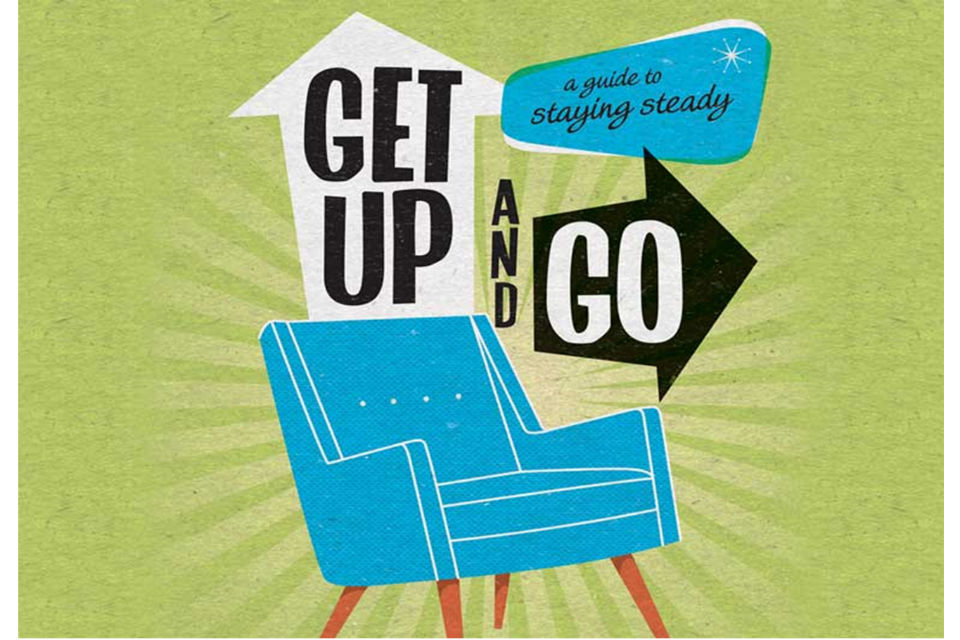Dementia Fall Risk Fundamentals Explained
Table of ContentsMore About Dementia Fall Risk4 Easy Facts About Dementia Fall Risk ExplainedDementia Fall Risk Things To Know Before You Get ThisHow Dementia Fall Risk can Save You Time, Stress, and Money.
An autumn threat analysis checks to see how most likely it is that you will drop. The assessment normally includes: This consists of a series of inquiries regarding your overall wellness and if you've had previous drops or issues with balance, standing, and/or strolling.Treatments are recommendations that may lower your risk of falling. STEADI includes 3 actions: you for your threat of falling for your risk aspects that can be boosted to attempt to prevent falls (for example, balance issues, damaged vision) to lower your threat of dropping by making use of effective techniques (for example, supplying education and learning and sources), you may be asked numerous inquiries including: Have you dropped in the previous year? Are you stressed concerning dropping?
You'll rest down once more. Your provider will certainly inspect the length of time it takes you to do this. If it takes you 12 seconds or more, it may mean you are at greater threat for a loss. This examination checks stamina and equilibrium. You'll being in a chair with your arms went across over your chest.
Relocate one foot midway forward, so the instep is touching the big toe of your various other foot. Move one foot fully in front of the various other, so the toes are touching the heel of your other foot.
Top Guidelines Of Dementia Fall Risk
Many drops take place as a result of multiple adding elements; for that reason, handling the threat of falling begins with recognizing the elements that add to fall danger - Dementia Fall Risk. Some of one of the most appropriate risk variables consist of: History of prior fallsChronic medical conditionsAcute illnessImpaired gait and equilibrium, lower extremity weaknessCognitive impairmentChanges in visionCertain high-risk drugs and polypharmacyEnvironmental variables can likewise increase the threat for falls, consisting of: Inadequate lightingUneven or harmed flooringWet or slippery floorsMissing or damaged handrails and order barsDamaged or incorrectly equipped equipment, such as beds, wheelchairs, or walkersImproper use assistive devicesInadequate guidance of individuals staying in the NF, consisting of those that exhibit aggressive behaviorsA successful fall risk management program requires a detailed clinical assessment, with input from all participants of the interdisciplinary group

The care plan need to additionally include interventions that are system-based, such as those that advertise a safe atmosphere (ideal lights, hand rails, get bars, etc). The effectiveness of the treatments need to be examined regularly, and the care strategy revised as essential to reflect changes in the autumn danger assessment. Applying a loss danger management system making use of evidence-based ideal technique can minimize the frequency of try this website falls in the NF, while restricting the possibility for fall-related injuries.
7 Easy Facts About Dementia Fall Risk Shown
The AGS/BGS standard recommends screening all adults matured 65 years and older for loss threat yearly. This testing consists of asking people whether they have actually fallen 2 or even more times in the previous year or sought clinical attention for a loss, or, if they have not dropped, whether they really feel unsteady when strolling.
Individuals who have actually fallen when without injury needs to have their balance and stride evaluated; those with stride or equilibrium irregularities need to receive added assessment. A history of 1 autumn without injury and without stride or equilibrium problems does not require more evaluation past continued yearly fall danger testing. Dementia Fall Risk. A fall danger assessment is needed as component of the Welcome to Medicare evaluation

The Single Strategy To Use For Dementia Fall Risk
Recording a drops background is just one of the top quality indications for loss avoidance and monitoring. A crucial part of threat analysis is a medicine evaluation. A number read the full info here of classes of medications increase fall risk (Table 2). copyright medicines specifically are independent predictors of falls. These drugs often tend to be sedating, modify the sensorium, and impair equilibrium and gait.
Postural hypotension can typically be minimized by minimizing the dosage of blood pressurelowering medications and/or quiting drugs that have orthostatic hypotension as a negative effects. Use of above-the-knee assistance pipe and sleeping with the head of the bed boosted may also minimize postural reductions in high blood pressure. The advisable aspects of a fall-focused health examination are revealed in Box 1.

A Pull time greater than or equivalent to 12 secs recommends high fall threat. Being unable to stand up from a chair of knee elevation without making use of one's arms suggests increased autumn risk.